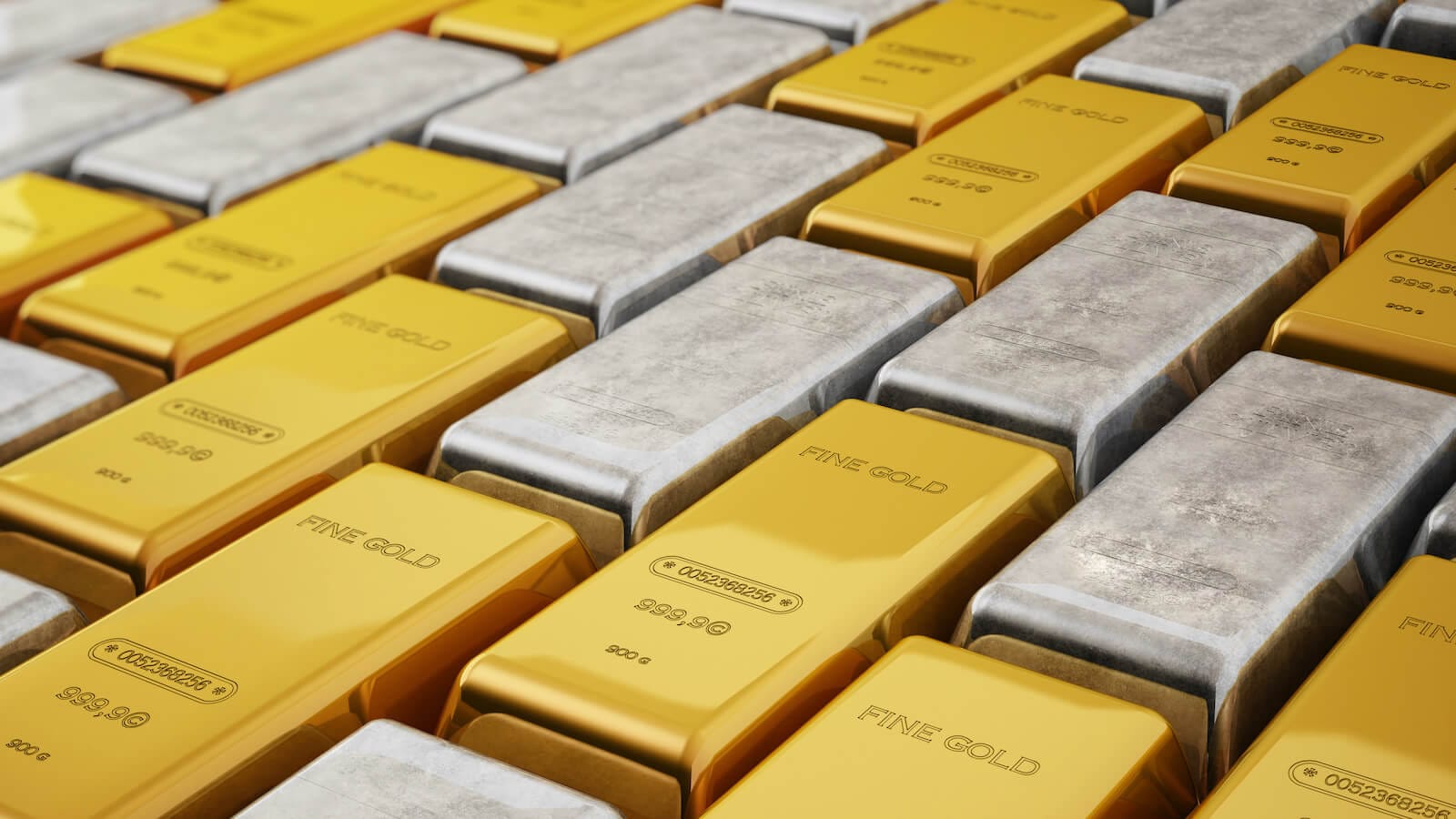COLLAPSE IN DOLLAR and $51 OIL PUT CAP ON STOCK MARKET -- CRB INDEX HITS 15-YEAR HIGH
DOLLAR PLUNGES ON KOREAN SELLING ... This morning I wrote about heavy selling in the U.S. dollar on the South Korean central bank's announced intention to diversify its currency holdings out of U.S. dollars and into other foreign currencies. Virtually all foreign currencies jumped on that news as the dollar tumbled. That earlier report showed upward gaps in the Euro and the Japanese yen on that news. Charts 1 and 2 show today's rallies in the Australian and Canadian dollars. The Canadian dollar closed over its 50-day moving average for the first time in six weeks [and helped push Canadian iShares to a new high]. I wrote this morning that Canada would benefit from a rising currency and stronger commodity markets. The same is true of Australia. Chart 2 shows the Aussie Dollar breaking out to a new 52-week high today. Like Canada, the fortunes of Australia are closely tied to commodity markets. And, like Canada, Australian iShares also hit a new high. Today's big commodity gains also caused buying in emerging markets and Latin America which are tied to commodity price trends. Several foreign ETFs gained ground today even as the U.S. market weakened. That's another side effect of a falling dollar. Along with rising gold prices.

Chart 1

Chart 2
GOLD AND GOLD STOCKS ARE TOP GAINERS ... As usually happens when the dollar drops, gold and gold stocks go up. Gold bullion rose $7.00 to close at the highest level in seven weeks. The Gold ETF (GLD) has been moving higher over the last week on rising volume. It's also back over its 50-day moving average -- as is the Gold/Silver (XAU) Index. Newmont Mining, which is the biggest stock in the XAU, broke through its 50- and 200-day moving averages on rising volume. Gold stocks rose 3% in the face of a falling dollar and a falling stock market. The buying of gold stocks started a couple of weeks ago as the dollar backed off from long-term resistance at 85. That new preference for gold stocks -- and Newmont Mining in particular -- can be seen in its rising relative strength line.

Chart 3

Chart 4
CRUDE OIL CRACKS $50 -- $55 IS NEXT TARGET... The falling dollar also gave a boost to crude oil which climbed $2.85 and broke through its November/January highs around $50. Chart 5 shows crude breaking the "neckline" drawn over those two peaks, which appears to have completed an inverse "head and shoulders" bottom. That yields a target to $55 which would mean a challenge of its late October peak. Heating oil gained an even stronger 6.5%. The recent buying of energy shares has been warning of higher energy prices. Gold and energy weren't the only big commodity gainers today. In fact, 14 out of 17 CRB components rose today -- and pushed the CRB Index to the highest level in fifteen years.

Chart 5
COMMODITY BOOM TIED TO DEVALUING DOLLAR... The CRB Index exploded 6.87 higher today to a new 15-year high. If there's any doubt in anyone's mind about the fact that the commodity boom is being caused by a weaker dollar, compare the diverging trends in the next two charts. The major commodity boom started with formation of a "double bottom" between 1999 and 2002. The CRB upturn at the start of 2002 (see green circle) coincided exactly with a major peak in the U.S. Dollar Index (see yellow circle). Since then, the two markets have been a mirror image of each other. A late 2004 pullback in commodities coincided with January bounce in the dollar. With the dollar falling again, however, commodities have resumed their long-term uptrend. The surrounding lines on both charts are monthly Bollinger bands. Notice how well the 20-month averages (dashed lines) defined both trends. It acted as support on a rising CRB Index; and resistance on a falling dollar. That's what it's supposed to do. So far, there are no signs of a major dollar bottom -- or a commodity top. That's taking a negative toll on the bond and stock markets. And rate-sensitive stocks in particular. MORE LATER.

Chart 6

Chart 7












